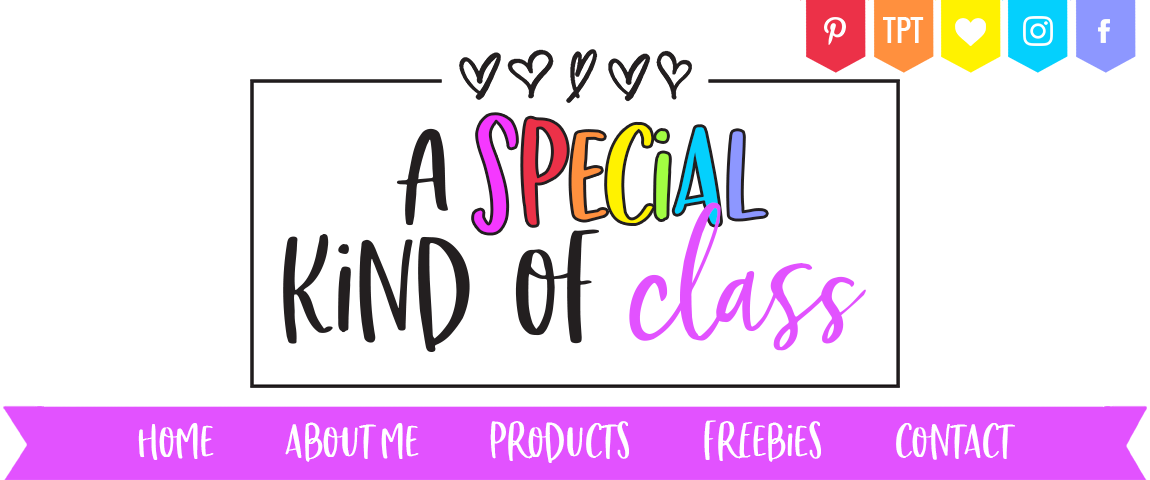My first thoughts when coming up with this project idea was to adapt a test that was already in existence. I had thought of the DIBELS (my American friends know this test better than me) because it is free to print off from the internet. The initial sound fluency test would be easy to do with a student who is non-verbal because they would only have to point or eye gaze to the correct answer. I also thought about adapting it for our switch users on the computer using Clicker 5.
When I took a hard look at the test I realized that it might not be as useful as I first thought. All the tests in the DIBELS have a timed component for it to be standardized. Because I would be using an alternative access method I would not want to have a time limit imposed (because a lot of my special needs students need longer testing time) and therefore would the test be valid?
Here were my thoughts on each of the tests:
Measures of Phonological Awareness:
Initial Sounds Fluency (ISF): Assesses a child's skill at identifying and producing the initial sound of a given word.
The first part of this test would be easy to administer to my non-verbal students. (eg. Which picture starts with /C/?) They could point or eye gaze to the answer. The second part requires them to state which sound a picture starts with. (eg. What does "pillow" start with?) I would have to provide the students with choices (eg "p", "c", "d" "f" on cards) and allow them to point / eye gaze to the correct answer.
Phonemic Segmentation Fluency (PSF): Assesses a child's skill at producing the individual sounds within a given word.
As my students are non-verbal, they could not do this part of the test.
Measure of Alphabetic Principle and Phonics:
Nonsense Word Fluency (NWF): Assesses a child's knowledge of letter-sound correspondences as well their ability to blend letters together to form unfamiliar "nonsense" (e.g., ut, fik, lig, etc.) words.
Oral Reading Fluency (ORF):
As my students are non-verbal, they could not do either the NWF or the ORF.
LNF: Letter Naming Fluency: How many letters could be correctly named in a given time.
Again my students could not do this part of the test.
So, for all the parts of the test that require a verbal response, I would have to alter it for my students. Therefore would the test still be valid and would it be worth spending the time adapting it or would my time be better spent creating a test that meets the needs of my students?
In looking at various assessment packages, here are some ideas I thought would be good to include in my assessment material.
Letter / sound identification
Rhymes / blends identification
Sight word identification
Comprehension - listening
Letter / sound identification
Rhymes / blends identification
Sight word identification
Comprehension - listening
- reading
Initial and final phoneme identification
Decoding single words
Initial and final phoneme identification
Decoding single words

